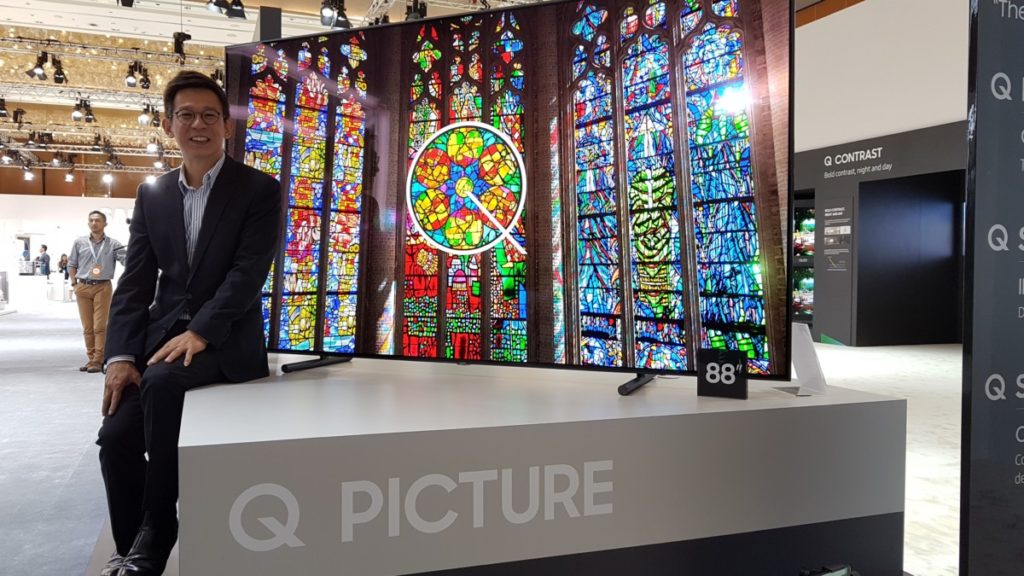
What you need to know about Samsung’s new QLED TV tech
The centerpiece of their showcase at CES 2017 and the regional Samsung SEA Forum 2017 that encompasses Asia, Samsung’s new QLED TVs are the next biggest thing in TVs in terms of colour portrayal and image quality. The new TVs use a new technology called Quantum Dots – hence the name – and will come in three different categories differentiated by size – Q7, Q8 and the mammoth Q9 series that has a humongous 88-inch QLED 4K panel – and also comes in curved and flat panel variants.

At SEA Forum 2017, the new QLED TVs took pride of place in the centre of the showroom hall with expansive displays portraying its capabilities which, in a nutshell, were vastly improved colour rendition onscreen under all lighting conditions. Even under daylight, the panels did not fail to serve up lusciously vivid colours. Added to this were an array of user friendly conveniences, including a revamp of their Smart Remote which offers better voice command input that allows you to open apps with voice commands alone.
The new QLED TVs also have more intuitive connectivity, with the ability to remotely connect and activate any devices hooked up to it like consoles or Blu-ray players on the same Wi-Fi network so you needn’t have to fumble about handling the nitty gritty.
Another major improvement on top of picture quality is their pursuit of making it as slim and as neat as possible: a translucent cable leads to an output box which has all the connectivity ports for the TV and unless you’re actually looking for it, it’s darned hard to find. Seeing as there’s no ports on the panel itself, Samsung is able to create an almost flush wall mounting that has a hair-thin gap between the TV and the wall itself to create a seamless look. It’s an impressive design though if that doesn’t float your boat, they also sell an easel-style and pedestal-style stand as optional add-ons.
Still, what stands out the most about Samsung’s next generation QLED TVs is above all their picture quality. Here’s everything you need to know about their next-generation QLED TV panels.
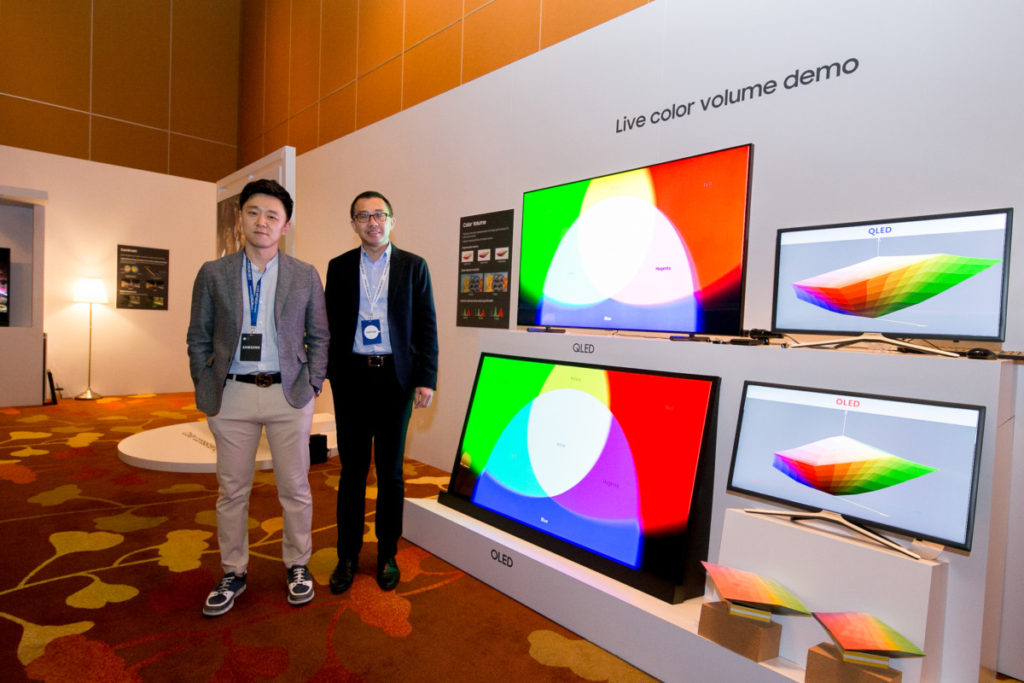
So, what exactly is QLED?
The Q in QLED stands for Quantum Dot so what you have is a Quantum Dot Light Emitting Diode. Essentially, it is a further refinement of their nano crystal technology seen on last generation’s SUHD TVs. The principles are similar in that the display consists of an ultra fine lattice of dots in red, green and blue to serve up colours and images onscreen. What a QLED panel does is to sheathe each dot in a special metal coating that significantly enhances their ability to depict colours. The end result is a panel that offers even better viewing angles, deeper, better blacks and above all, even brighter and better colours onscreen. A beneficial side effect is that it also increases the service life and longevity of the panel so it’ll consistently serve up the same image quality longer than its predecessors.
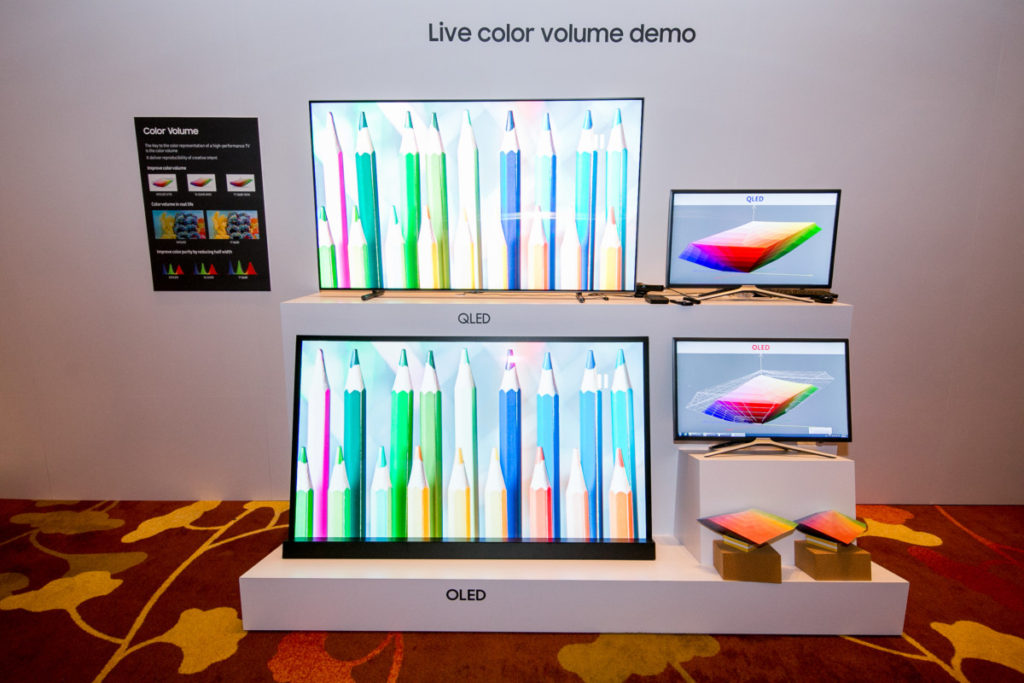
Colour is rather subjective – how does a QLED panel give better colours?
Well, turns out that colour, or rather the quality thereof, can be measured. In the industry, the de facto standard for measuring colour is dubbed DCI-P3 – short for Digi colour space – a benchmark in the US film industry to represent colour on a 2D display. During a technical seminar for invited guests at the Samsung SEA Forum, Mr. Martin Kim, an engineer with the Samsung TV R&D team from Korea and Mr. Stanley Chan, Field Force Manager for Samsung Electronics Singapore showcased the capabilities of the QLED TV in a series of tests in a closed-off room.
According to Samsung, Samsung’s QLED TV’s are capable of project 1,500 to 2,000 nits brightness; the average OLED or last gen panel was capable of about 1,000 nits of brightness. In terms of colour, the new QLED TVs received accreditation from the Verband Deutscher Elektrotechniker (VDE), a global testing and certification association for being able to depict 100% of colour volume based on the DCI-P3 standard. The bigger the colour gamut and brightness, the more colour volume that the TV has and if your panel can depict every colour possible onscreen, you’re going to view things the way that an auteur intended them to be.
The most telling example of what the QLED was capable of was that the colours onscreen on the QLED panel were still consistently accurate even under dimly lit or daylight conditions. If brightness levels are ramped up like say under daylight, colours can appear washed out which may end up with cases where something like red can end up looking pink when brightness levels are ramped up. In the case of Samsung’s QLED TV, it depicted the same consistently lush colours regardless of the brightness or ambient light settings.
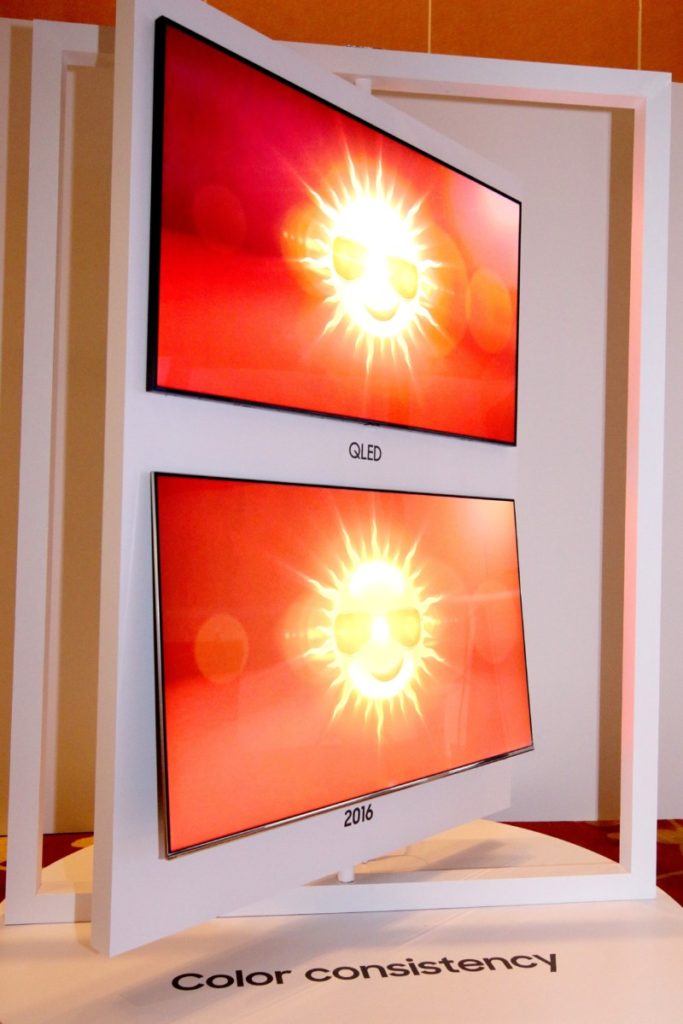
Several other tests depicted the vividness and colour accuracy of the new QLED panels as well as their ability to depict the true colour gamut onscreen. We were only able to get a few minutes with the TVs under controlled circumstances but we will likely get our hands on them once they make an official appearance in Malaysia but as it stands this is one of the most exciting improvement in TVs in quite awhile.
So when are the QLED panels coming to Malaysia?
For Malaysia, the QLED TVs are slated to arrive sometime in the middle of the year with “prices similar to last year’s SUHD TV line-up.” according to a Malaysia representative. More details as they arise.

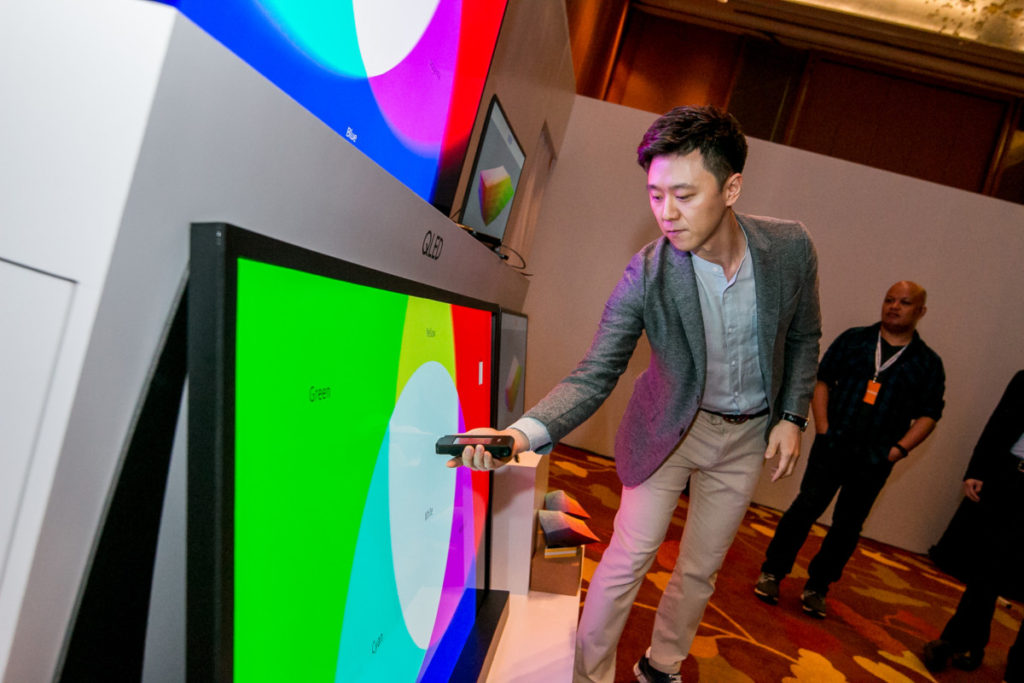
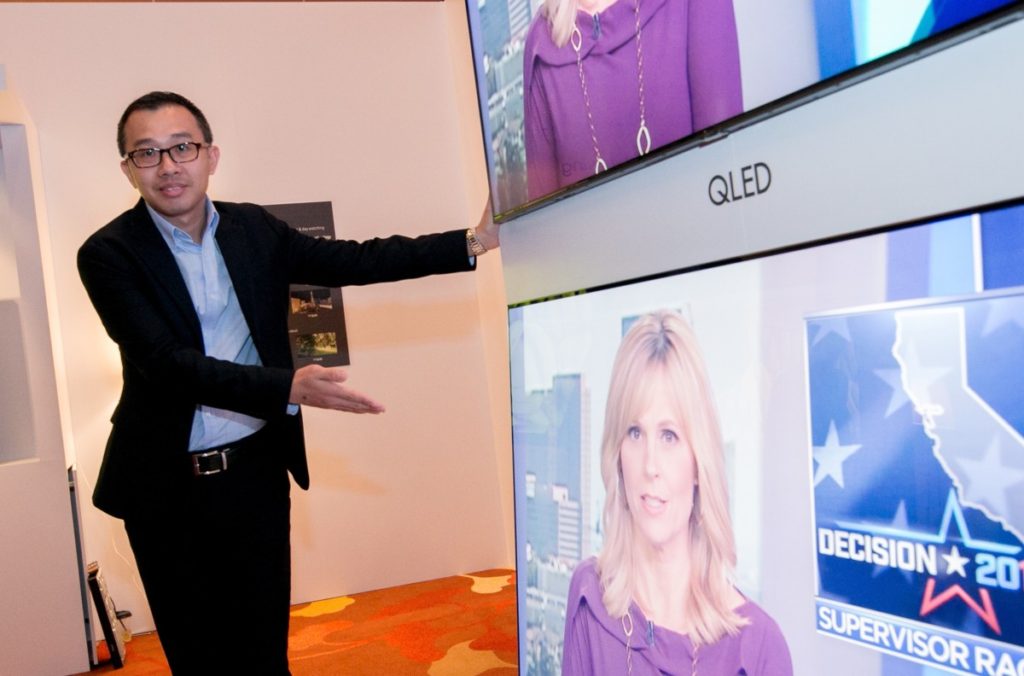
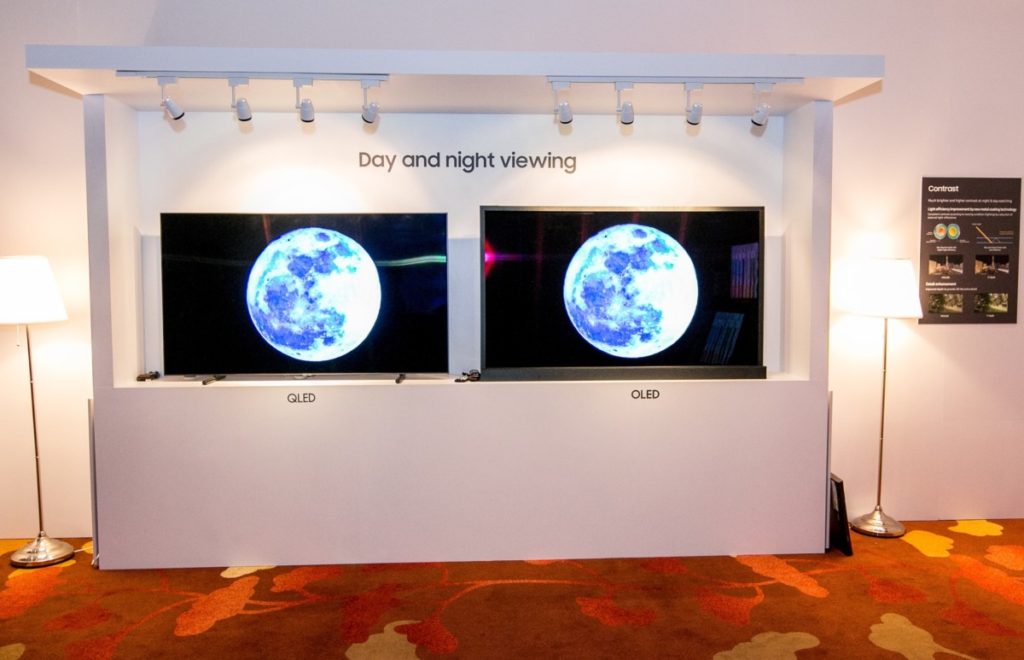
0 Comments